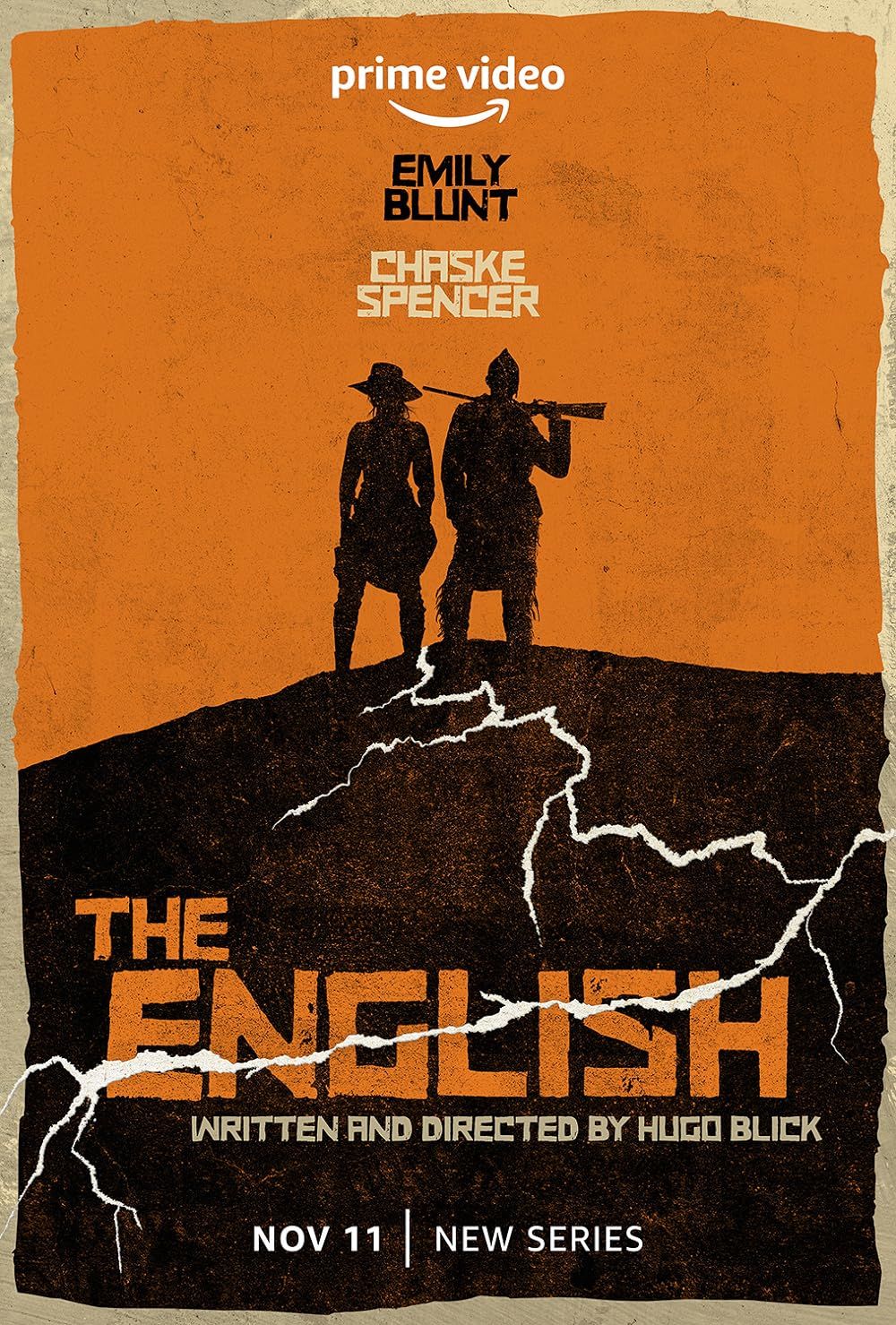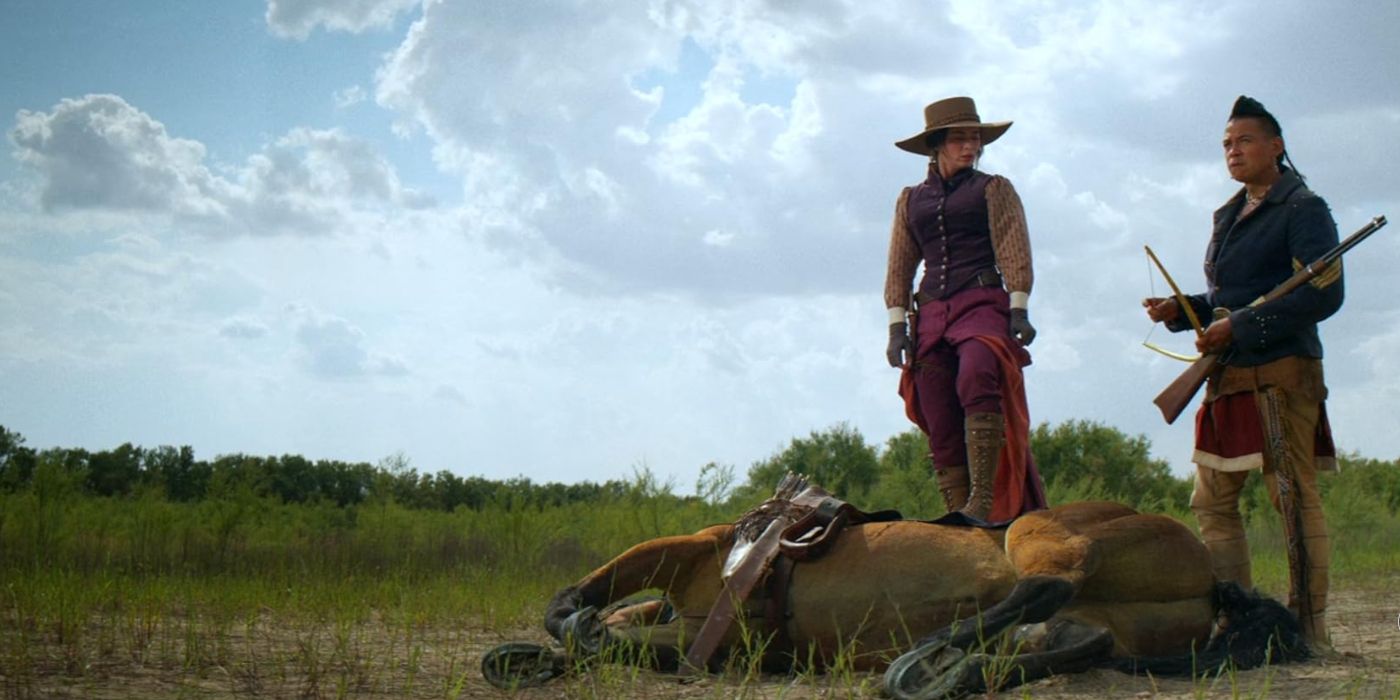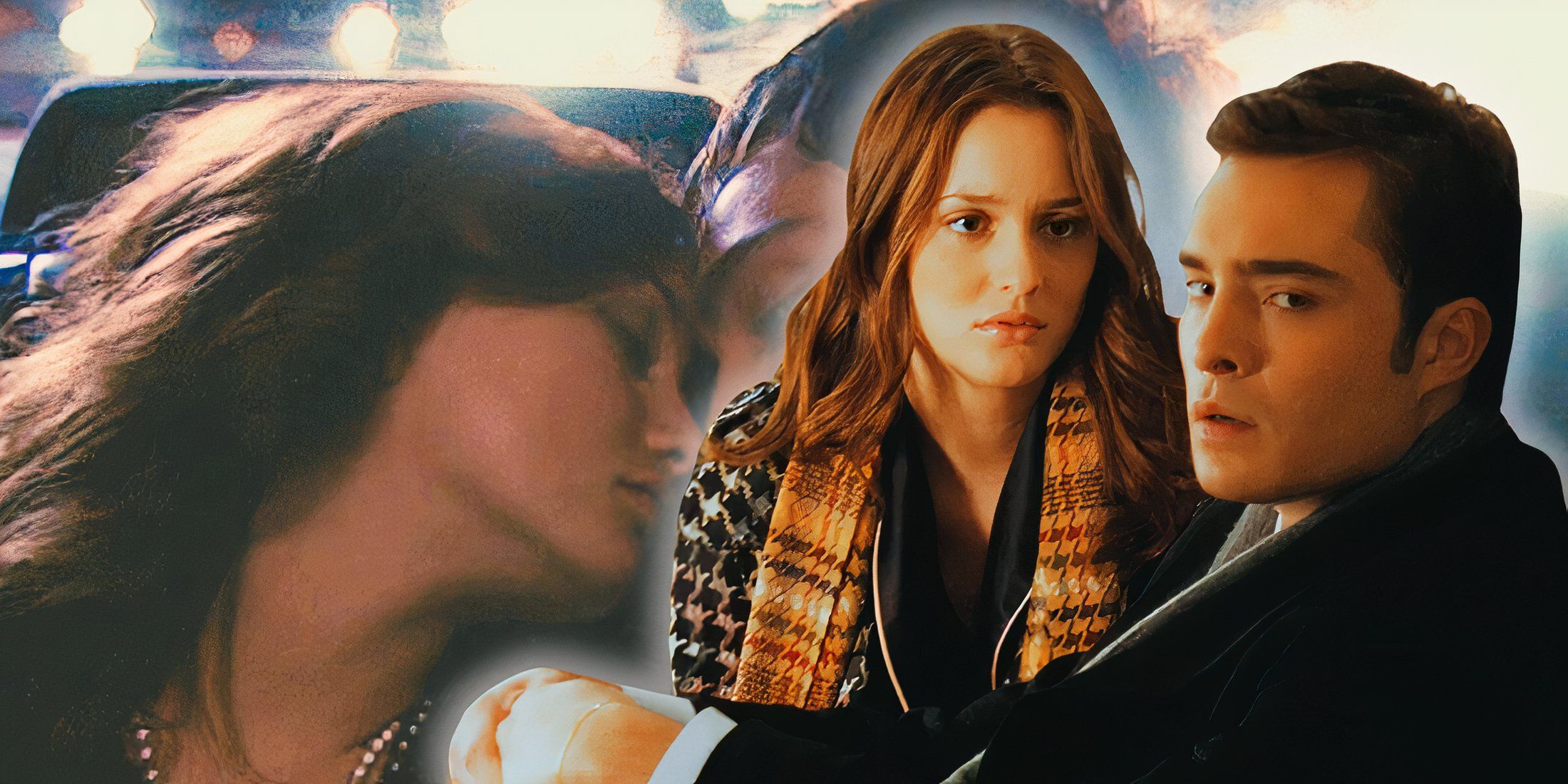The following article contains mentions of sexual assault.
The English managed to subvert the Western genre in a way that has seldom been seen before, and some of it, like Melmont's Store, feels so real, that many viewers wonder if it exists in real life. This miniseries, from Amazon Prime Video and BBC One, centers on a British woman, Lady Cornelia Locke (Emily Blunt), who teams up with a Native American Ex-Pawnee Scout, Eli (Cashke Spencer) to avenge her dead son in the American Wild West. The series is a love letter to the Western films made popular in the 1940s and 1950s, but adds many new elements.
If there’s one thing that The English makes clear, it's that the 1800s Wild West was a difficult time and place for many people. Women and Native Americans, who serve as the series protagonists, endure hardships but also experience a captivating love story that many Western films never depicted on-screen. The English never shies away from depicting both the beauty and the sorrow found beneath the endless Western skies. But as realistic as it is, is it based on a true story?
What Happens In The English’s Ending
All The Tension Comes To A Head

After five episodes of tension, The English comes to an end in episode six. Cornelia is diagnosed with syphilis, which she contracted from David Melmont, who had previously sexually assaulted her. Earlier in the series it is revealed that Cornelia’s son died at the age of 14 from complications of the disease.
In the final episode, Cornelia, alongside her lover, Eli, who is an Ex-Pawnee Scout, finally tracks down Melmont. She finds that Melmont is also suffering from syphilis, and she realizes that she can’t kill him. To Cornelia, Melmont represents the only part of her dead son that’s still alive, so she can’t bring herself to kill him. But a woman named Martha Myers attacks Melmont, who also sexually assaulted her in the past. Eventually, Eli stabs him to death.
But the story doesn’t quite end there. Sheriff Marshall knows he has to arrest Eli and Cornelia for their roles in Melmont’s killing. However, he decides to set them free if they agree to go their separate ways. Eli chooses to go to Nebraska and try to claim some of his native land back. Cornelia travels back to England, where, 13 years after the final showdown, she is succumbing to her syphilis. She wears a veil over her head to hide the symptoms of the disease.
While in England, Cornelia watches a traveling circus that re-enacts stories of the Wild West, including her story with Eli While watching the play, she finds her old friend, White Moon, is playing Eli. The two reunite with a tender kiss as White Moon removes Cornelia’s veil. Then the show cuts to the present day, in a parking lot where “Melmont’s" general store is standing on the graves of countless murdered Cheyenne.
Is Melmont’s Store Real?
It's Doesn't Exist In Real Life But Serves As A Metaphor

The short answer is no, Melmont’s is not real. But it is symbolic and reflects how America was taken from various Native tribes so that people like Melmont could build property on their rightful land. It’s worth noting that The English is not based on true events, but elements of the story piece are based upon fact. The English chronicles the Sand Creek massacre, which actually happened in 1864 and killed many Native Americans. Other aspects of The English are also based on real historical organizations, like Eli being an Ex-Pawnee Scout, but Eli himself likely never existed.
The English Is Not Based On A True Story (But Draws From History)
Creator Hugo Blick Consulted With Members Of Pawnee & Cheyenne Tribes

Hugo Blick wrote and directed the six-episode series due to a lifelong obsession with the Wild West. He was born and raised in the UK, but at the age of 18 in the early '80s, he shipped off to Montana to learn about the American Wild West. With the help of a former U.S. Air Force captain, he learned how to hunt under wild Montana skies. His interest in the Wild West and his time spent in Montana eventually inspired him to make The English (via The Guardian).

Related
The English Creator Hugo Blick Envisions A New Western Hero
The English creator Hugo Blick shares his vision and casting process for the new Prime Video Western, starring Emily Blunt and Chaske Spencer.
Additionally, Eli was based on one of Blick’s Native American friends he met while living in Montana. Blick based a lot of Cornelia and Eli’s relationship on that specific friendship. Hewas also concerned with creating an accurate depiction of Native American tribes in the series, and thus sent off his first draft to representatives of the Cheyenne and Pawnee tribes, who had one note: they insisted that Eli not be killed off. The tribal representatives claimed that “the Indian always dies before the end of Westerns.” Blick took their note to heart, as Eli doesn’t die in the series.
The English Pays Homage To The Western Genre
It Also Subverts Westerns By Making Its Protagonists A Woman & A Person Of Color
The English is unique in that it never forgets that it is a subversion of the Western genre. The two main characters are a woman and a person of color, two demographics that seldom take center stage in stories of the Wild West. The story also makes both Cornelia and Eli individuals, not stereotypes. When Cornelia first arrives in Kansas, she is wearing an ornate pink dress and directly speaks about not wanting to be raped, again, likely not a sentiment that women in the 1800s would have expressed.
Also, Eli is torn between having Pawnee roots and his role as a former Calvary Scout, which gives him depth as a character. In the Western genre, Native Americans are often stereotyped or simply made the villain of the story, but The English doesn’t fall into this trap. The series also pays homage to classic westerns, particularly Clint Eastwood’s Unforgiven, as both pieces are about revenge hunts and effectively subvert the Western genre.
The stunning landscapes, gunplay, and horseback riding that are typically seen in the genre are certainly present in The English, but the series knows exactly what to update and what to honor about Westerns. The show is also mindful of the fact that life was still bad for many people, especially the protagonists in the series. The homage comes to a head in the ending when Cornelia is watching the Wild West play and can see that her story is part of a long tradition of mythologizing the American West.
The Real Meaning Of The English’s Ending
It Reflects America's Complicated History
The English’s ending is meant to not only reflect what the characters have been through but also examine American history. After Cornelia watches the play, she can make peace with all the turmoil she’s suffered by reconnecting with Wild Moon, who represents the last lingering facet of her romance with Eli. She can succumb to her illness, knowing that she is forever a part of history and did all she could to avenge her son.
The appearance of Melmont’s Store is a metaphor for the white men who conquered the US while so many Native Americans perished to protect their land. The superstore is named after the villain of the series, a white man who killed countless Natives. Melmont is a man who, in countless American history books, would be described as a hero, despite his heinous acts of violence. Melmont’s Superstore is also built on the graves of countless Cheyenne souls, which drives the real meaning of The English home: America was built on the backs of innocent Native Americans.

Your changes have been saved
A woman seeks revenge against the man she believes is responsible for the death of her son.
Number of Episodes 6
Seasons 1
Directors Hugo Blick










 English (US) ·
English (US) ·